#Oscar Emil Hägg
Photo

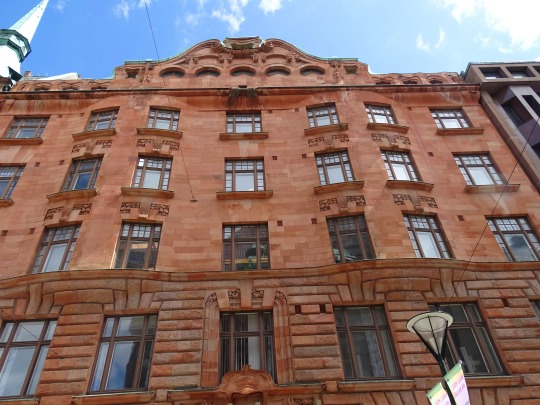
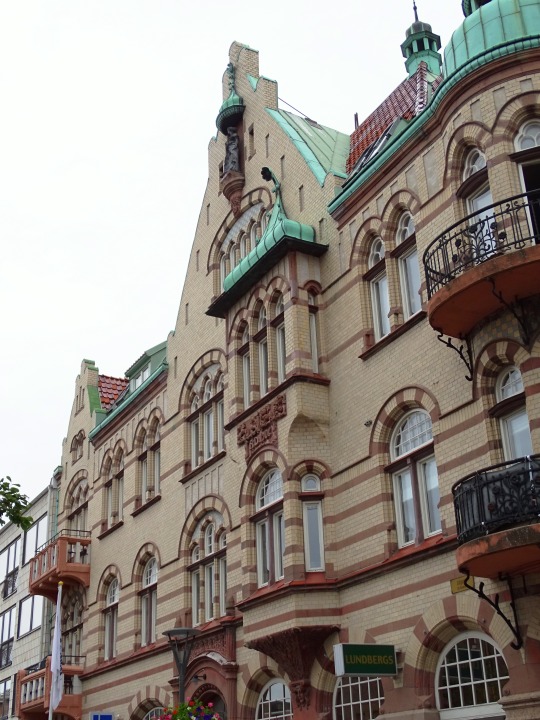
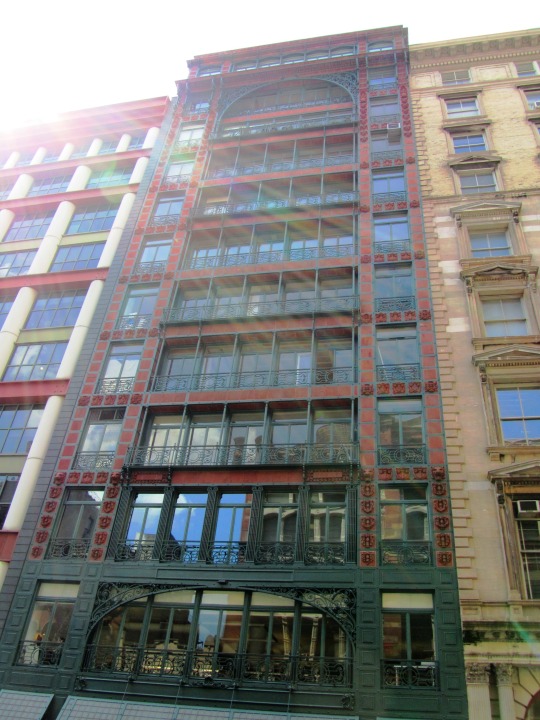




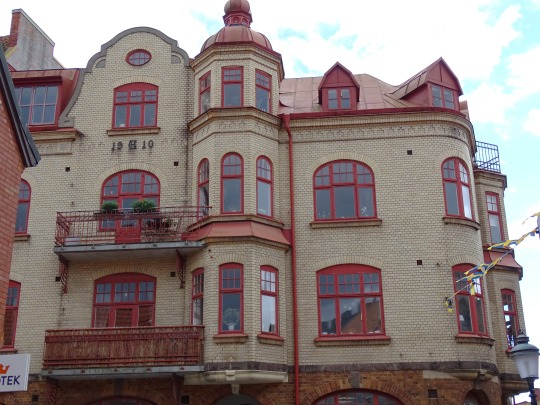
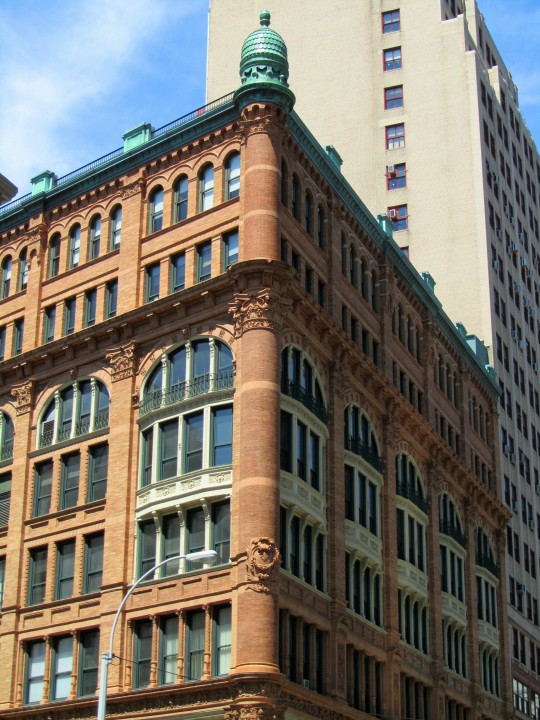
World Art Nouveau Day
World Art Nouveau Day is observed on June 10 of every year. The Art Noveau patterns and movements spread outs in different forms in the staircase to fulfill the requirements of users, owners, and housekeepers. World Art Nouveau Day is dedicated to those majestic, imposing, discreet, narrow, and essential Art Nouveau’s.
History of World Art Nouveau Day
In 2013, 10th June was selected as World Art Nouveau Day to mark the death of Antoni Gaudi and Ödön Lechner, the two charismatic architects from two different corners of Europe. Since 2013, every 10th June has been observed as the Art Nouveau Day.
How to observe World Art Nouveau Day
The best way to observe the day is by participating in the events that are organized on that day. The events will be organized by Reseau Art Nouveau Network in Brussels and the Art Nouveau European Route in Barcelona.
Source
#Gustaf Wickman#World Art Nouveau Day#WorldArtNouveauDay#10 June#Malmö#door#Sweden#summer 2020#original photography#architecture#cityscape#Oscar Emil Hägg#Trelleborg#Karlskrona#Karlshamn#Nordic Art Nouveau#Scalahuset#Ystad#Chicago#USA#2016#travel#Paris Metro Entryway by Hector Guimard#Little Singer Building#Manhattan#New York City#Roosevelt Building#façade#exterior#Sverige
10 notes
·
View notes
Photo
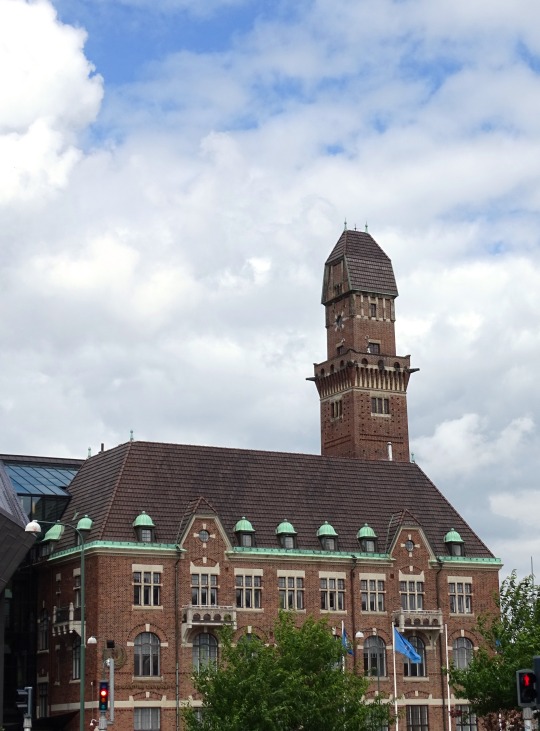
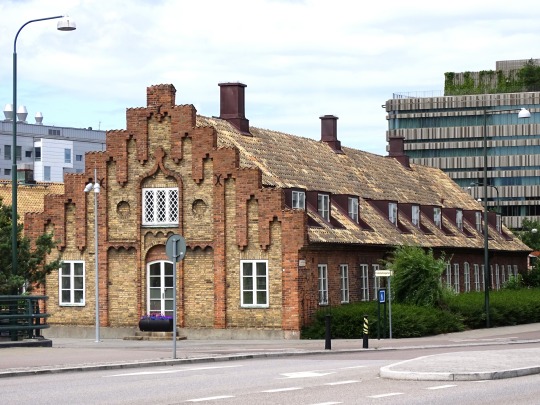
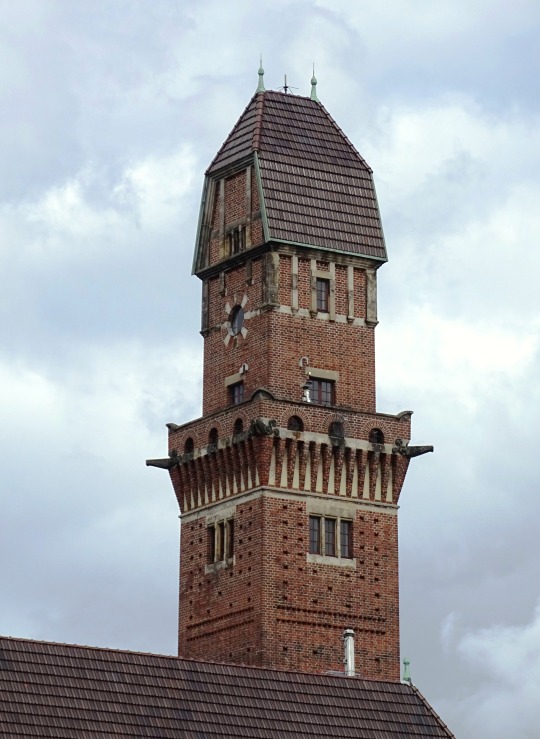
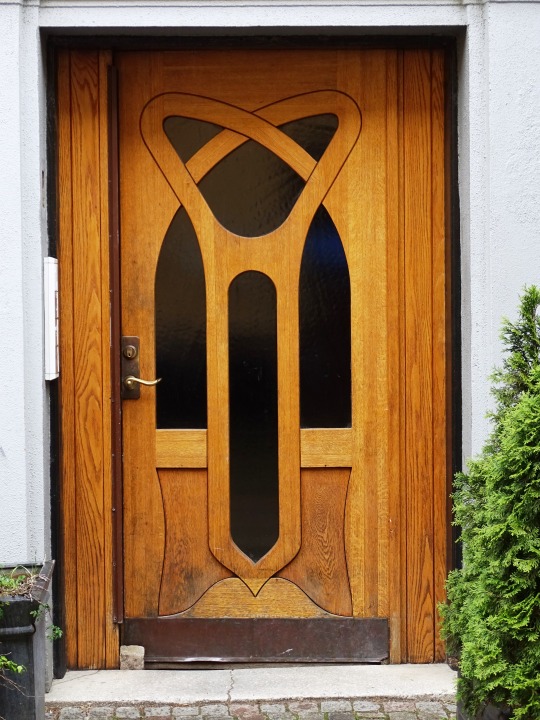
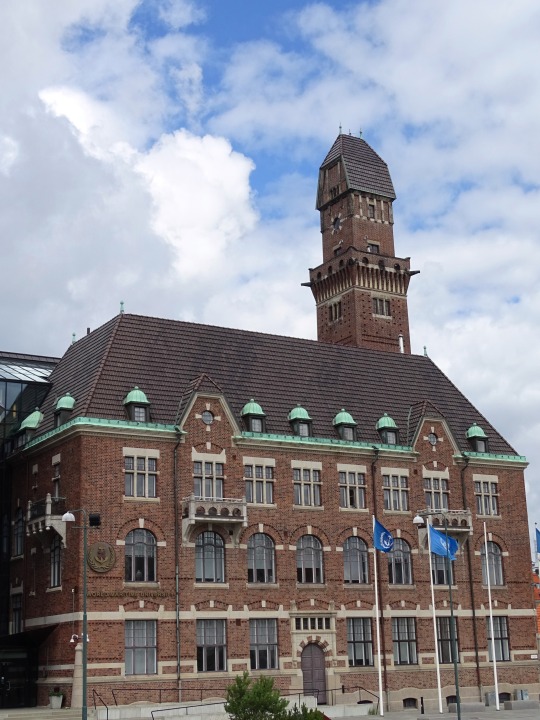
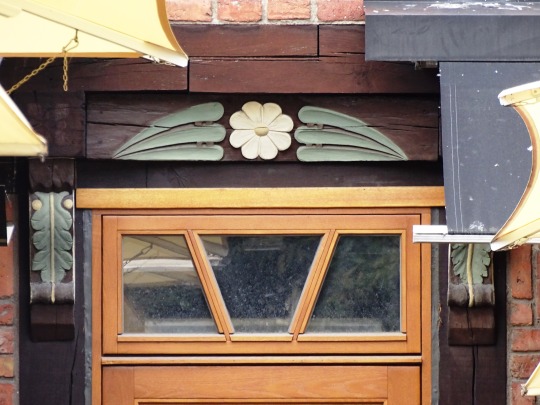
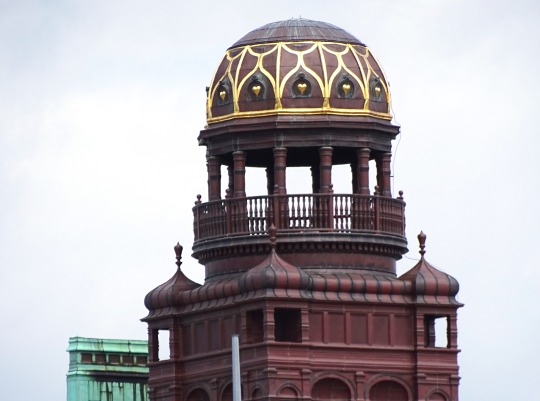

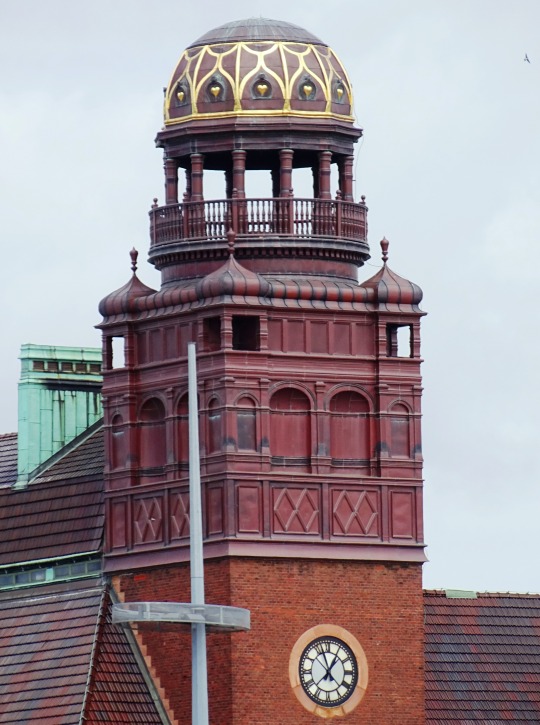
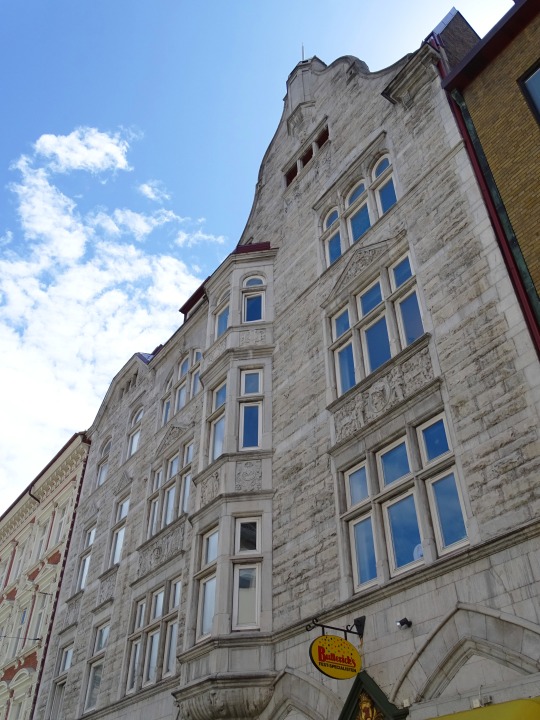
Downtown Malmö
Malmö's oldest building is St. Peter's Church (Swedish: Sankt Petri). It was built in the early 14th century in Baltic Brick Gothic probably after St Mary's Church in Lübeck. The church is built with a nave, two aisles, a transept and a tower. Its exterior is characterized above all by the flying buttresses spanning its airy arches over the aisles and ambulatory. The tower, which fell down twice during the 15th century, got its current look in 1890. Another major church of significance is the Church of Our Saviour, Malmö, which was founded in 1870.
Another old building is Tunneln, 300 metres (1,000 ft) to the west of Sankt Petri Church, which also dates back to around 1300.
The oldest parts of Malmö were built between 1300–1600 during its first major period of expansion. The central city's layout, as well as some of its oldest buildings, are from this time. Many of the smaller buildings from this time are typical Scanian: two-story urban houses that show a strong Danish influence.
Recession followed in the ensuing centuries. The next expansion period was in the mid 19th century and led to the modern stone and brick city. This expansion lasted into the 20th century and can be seen by a number of Art Nouveau buildings, among those in the Malmö synagogue. Malmö was relatively late to be influenced by modern ideas of functionalist tenement architecture in the 1930s.
Around 1965, the government initiated the so-called Million Programme, intending to offer affordable apartments in the outskirts of major Swedish cities. But this period also saw the reconstruction (and razing) of much of the historical city center.
Since the late 1990s, Malmö has seen a more cosmopolitan architecture. Västra Hamnen (The Western Harbor), like most of the harbor to the north of the city center, was industrial. In 2001 its reconstruction began as an urban residential neighbourhood, with 500 residential units, most were part of the exhibition Bo01. The exhibition had two main objectives: develop self-sufficient housing units in terms of energy and greatly diminish phosphorus emissions. Among the new building's towers were the Turning Torso, a skyscraper with a twisting design, 190 metres (620 ft) tall, the majority of which is residential. It became Malmö's new landmark. The most recent addition (2015) is the new development of Malmö Live. This new building features a hotel, a concert hall, congress hall and a sky bar in the center of Malmö. Point Hyllie is a new 110 m commercial tower that is under construction as of 2018.
Source: Wikipedia
#Old Harbour Master's building#Tornhuset#Väktarhuset#Neptunigatan 1#Jugendstil#Art Nouveau#Oscar Emil Hägg#Skomakaregatan 4#Malmö#Sweden#original photography#travel#vacation#cityscape#architecture#Skåne#Sverige#summer 2020#landmark#tourist attraction#United Nations World Maritime University#Scandinavia#Northern Europe
4 notes
·
View notes